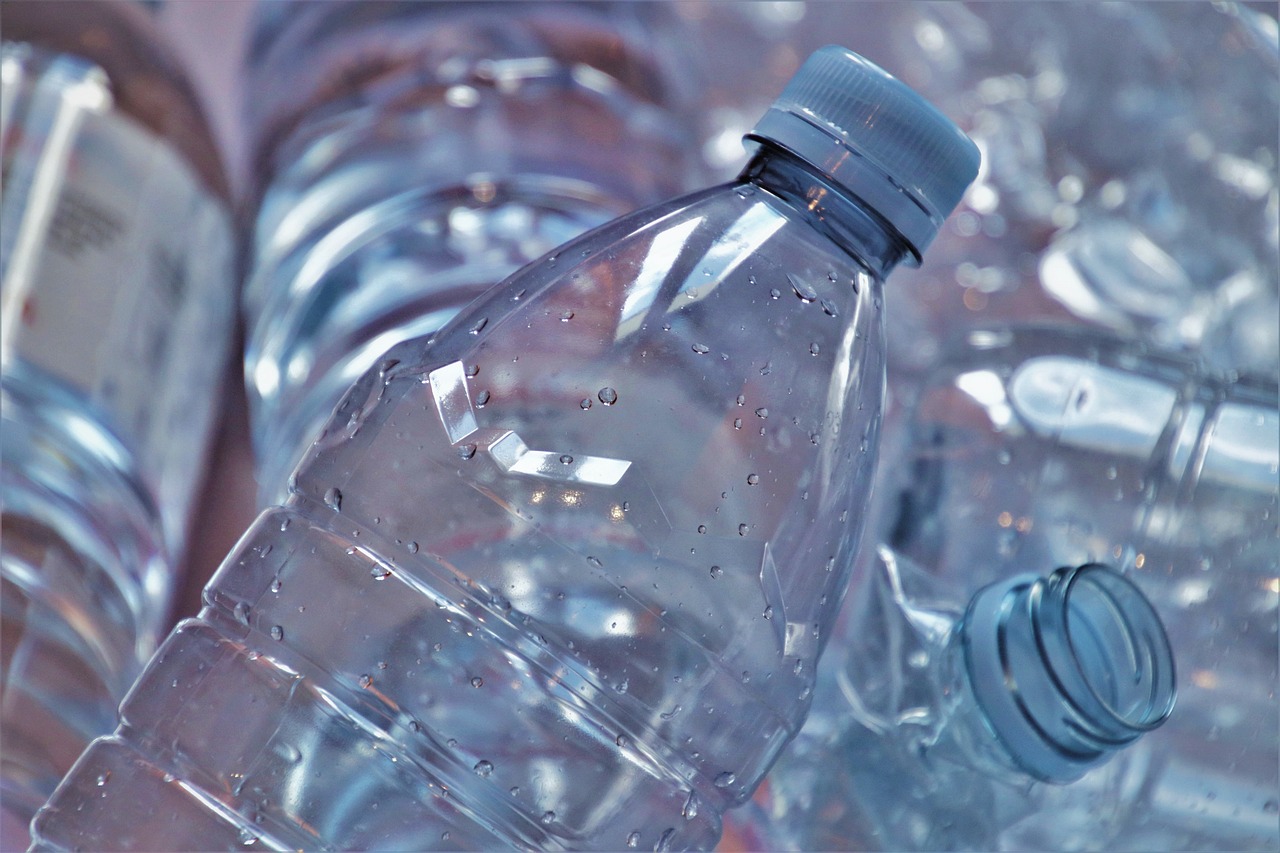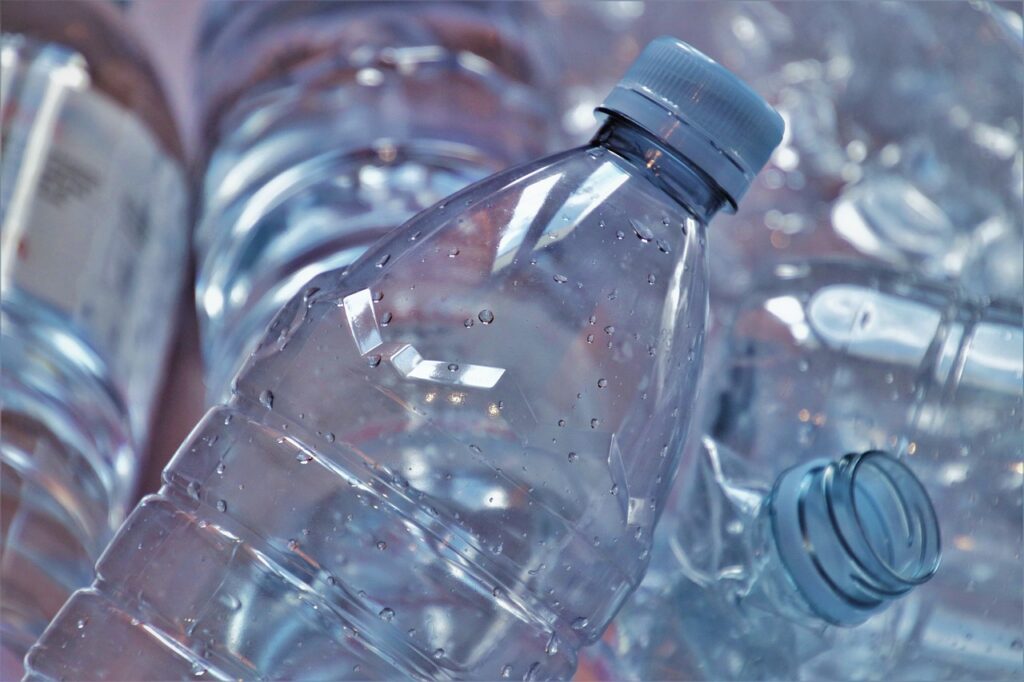In the fast-evolving landscape of property legislation, sustainability targets, and market expectations, the role of an Energy Performance Certificate (EPC) is more critical than ever. If you own or manage a commercial property in London, understanding and complying with commercial EPC requirements is no longer optional – it’s a legal necessity and a strategic advantage.

Let’s explore what a commercial EPC is, why it matters, and how it could impact your operations, finances, and environmental responsibilities.
What is a Commercial EPC?
A Commercial Energy Performance Certificate (EPC) is a legally required document that assesses the energy efficiency of a non-domestic building. Issued by an accredited energy assessor, the certificate gives a building a rating from A (most efficient) to G (least efficient), along with recommendations for improvement.
It must be provided when a commercial property is built, sold, or rented. In London, where real estate is both highly competitive and strictly regulated, obtaining a valid commercial EPC is fundamental for compliance and credibility.
1. Legal Compliance and Avoiding Fines
The most immediate reason to obtain a commercial EPC in London is to stay compliant with UK law. Under The Energy Performance of Buildings (England and Wales) Regulations 2012, all commercial properties over 50m² must have a valid EPC when sold or let.

Since 1st April 2023, it is now unlawful to continue letting a commercial property with an EPC rating below E, due to changes in the Minimum Energy Efficiency Standards (MEES). The penalty for non-compliance can reach up to £150,000 – serious money for most landlords or businesses.
In a city like London, where enforcement is particularly active, ensuring that your commercial EPC is up to date isn’t just good practice – it’s essential risk management.
2. Supporting Environmental Goals and Corporate Responsibility
London has ambitious environmental targets, with many boroughs aiming for net-zero emissions by 2030 or 2040. A commercial EPC in London can be a valuable benchmark for your building’s energy usage and carbon output.

Companies committed to ESG (Environmental, Social and Governance) principles often rely on EPC ratings as part of their reporting. For building managers, this is a powerful tool to align with tenant expectations and corporate social responsibility goals.
Improving your rating can also demonstrate proactivity in tackling climate change – something that stakeholders and investors increasingly value.
3. Enhancing Property Value and Marketability
A high EPC rating can significantly increase the appeal of your property. Businesses looking to lease or buy commercial spaces are becoming more energy-conscious – both for ethical reasons and to reduce operating costs.
In London’s competitive commercial property market, an efficient rating can be a deal-maker. Conversely, a poor rating can make it harder to secure tenants or buyers, and may require costly energy upgrades before the building can even be marketed.

An up-to-date commercial EPC in London provides confidence to agents, landlords, and prospective tenants alike.
4. Guiding Cost-Saving Energy Improvements
Beyond compliance, a commercial EPC provides practical insights. Each certificate includes tailored recommendations to improve the building’s energy efficiency – from upgrading lighting to improving insulation or HVAC systems.
For property managers, this guidance can help prioritise works that offer the most immediate ROI in terms of energy savings. Over time, implementing these improvements can reduce utility bills, maintenance costs, and environmental impact.
In a city with notoriously high energy costs like London, this can lead to substantial financial gains.
5. Staying Ahead of Future Regulations
The regulatory environment around energy efficiency is tightening. By 2030, the UK government plans to raise the minimum EPC rating requirement for commercial lettings to at least a ‘C’ rating – and potentially higher.
Acting now to improve your commercial EPC in London puts you ahead of the curve. It means you won’t be scrambling to comply with new rules, facing retrofit pressures, or losing valuable tenancy periods due to delays.
Being proactive now could save you tens of thousands of pounds and secure your property’s position in a greener, more regulated marketplace.

Whether you’re managing a portfolio of office blocks or own a single retail unit, the importance of a valid and favourable commercial EPC in London cannot be overstated. It’s a legal requirement, a sustainability benchmark, a cost-saving guide, and a competitive advantage all in one.
With potential fines increasing, future legislation on the horizon, and market demand for efficient buildings rising, now is the time to review your EPC status and take action.
Your building’s energy future – and its long-term value – may depend on it.




